This is the audit report for woodlot licence W0033, held by Penelakut First Nation (Penelakut). It is 800 hectares in area, all of which is Crown land. The licence is located west of Mount Prevost and south of the Chemainus River. It has an allowable annual cut of 4 200 cubic metres per year. During the two-year audit period, Penelakut harvested about 32 000 cubic metres of timber. Auditors were aware that the licence was in an overcut position and the Ministry of Forests, Lands and Natural Resource Operations is addressing this situation directly with the licensee.
The audit examined Penelakut’s planning, field activities and obligations related to:
This special investigation looked at karst management on northern Vancouver Island and did not determine that any caves or significant karst features had been damaged or rendered ineffective by forestry activities. However, investigators were only able to assess the portions of karst terrain thatwere readily visible; they did not assess the subterranean portions.
The Board acknowledges that forest management on karst terrain can be challenging, due to identified surface karst features being only a small part of the karst terrain as a whole; and that this is further complicated by legislation that only focuses on caves and very specific karst features.Since much of the karst terrain cannot easily be assessed, the Board believes it is important that forest professionals take a cautious approach when addressing karst features and utilize karst specialists and the best available information when assessing karst features and prescribing management strategies.
This audit examined forest planning and practices on woodlot licence W1632, held by the Halalt First Nation, in the South Island District. The licence is located near Chemainus, west of the Panorama Ridge subdivision and the Island Highway, south of Ladysmith. The licence has an allowable annual cut of 3012 cubic metres per year.
While most planning and practices complied with requirements of the Forest and Range Practices Act and the Wildfire Act, the auditors found one significant non-compliance.
As part of the Forest Practices Board's 2013 compliance audit program, the Board selected the South Island District as the location for a full scope compliance audit. Within the district, the Board selected ten woodlot licences for audit. This is the audit report for eight of the woodlot licences: W0011, W0020, W1479, W1526, W1713, W1902, W1903 and W1906. Results for the other two woodlot licences are provided in separate audit reports.
The Board randomly selected the South Island District and, from the population of licences within the forest district, noted that woodlot licences had not been audited in recent years. The individual woodlot licences were selected based on the level of harvest activity occurring between February 2011 and June 2013, and not on past performance or geographic location. The Board selected all woodlot licences with a cut of greater than 5000 cubic metres since February 2011.
In June 2012, the Board conducted a full scope audit of forest planning and practices on International Forest Products Ltd. (Interfor) Forest Licences A16850 and A82001 in the North Island-Central Coast District.
This area, often referred to as the Great Bear Rainforest is rugged, remote, and characterized by a wet, windy climate, making forest operations challenging. The area has received international attention due to concerns about resource use in one of the largest temperate rainforests in the world. This attention has led to the collaboration of land users, First Nations and government agencies in the creation of land use orders designed in part to implement ecosystem-based management (EBM), integrating social, economic and ecological needs in the area. This is the first Board audit in the Mid-Coast Timber Supply Area where EBM has been incorporated into planning and practices.
The findings of this audit are unique and do not represent the standard of forest practices usually identified through Board audits. The Board has conducted well over 100 compliance audits since 1996, including over 20 audits of BCTS operations, and has never previously encountered this level of non-compliance.The results show significant and pervasive findings of non-compliance with the Forest and Range Practices Act and two instances of non-compliance with the Wildfire Act.
Overall, BCTS-CR and eight individual timber sale licence holders each had at least one significant noncompliance finding, while several had multiple significant findings. Some of these timber sale licence holders operated on more than one timber sale and significant findings were identified with each timber sale. There were also concerns noted with respect to forest practices that are technically compliant, but are considered by the Board to be unsound.
